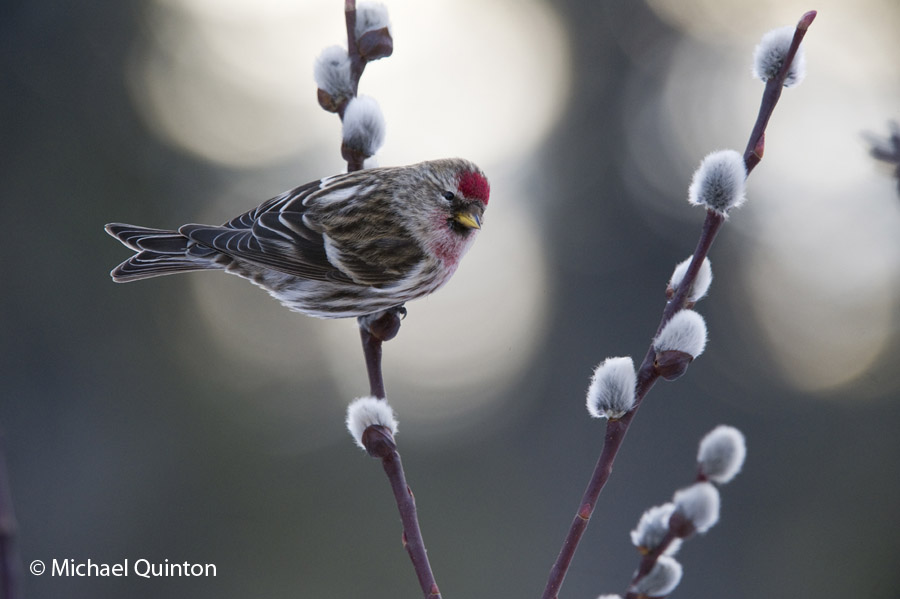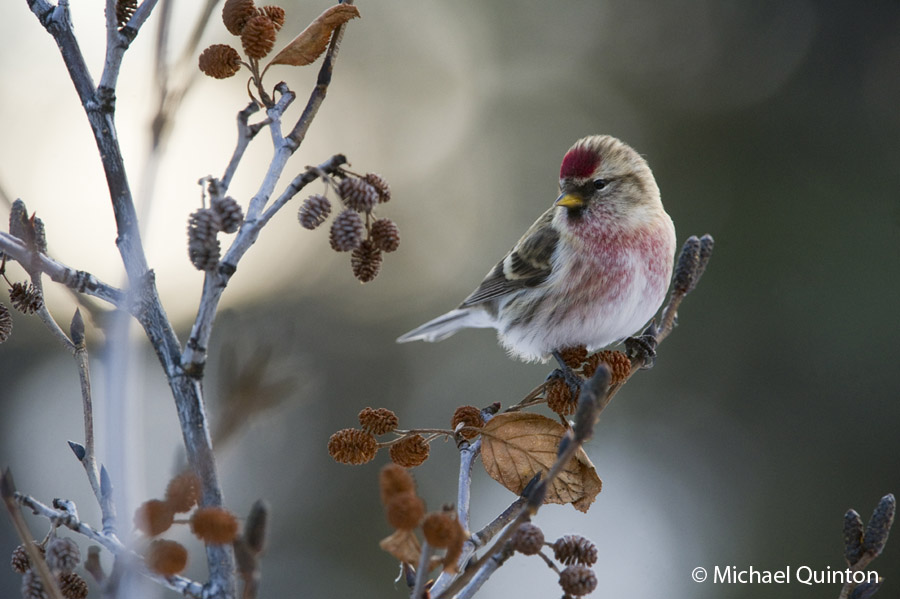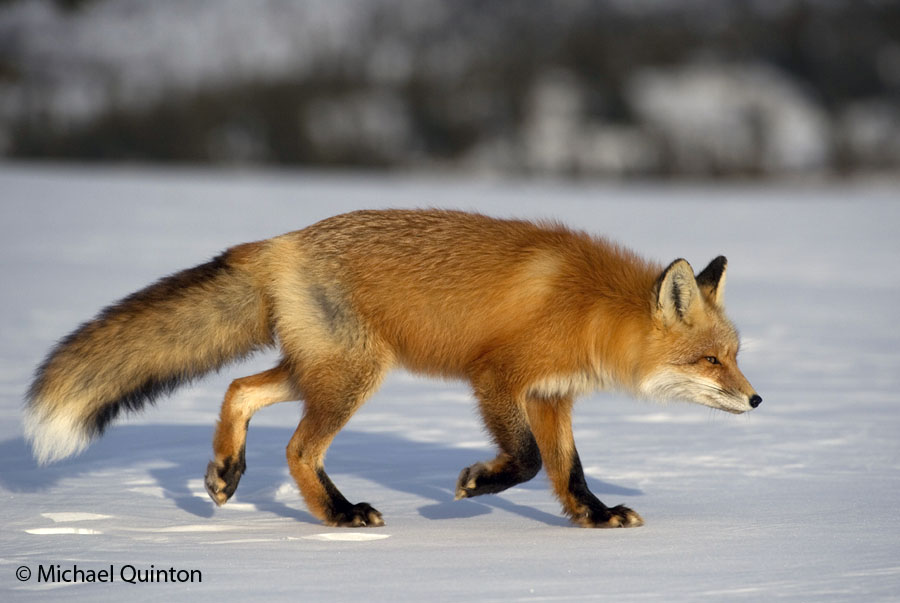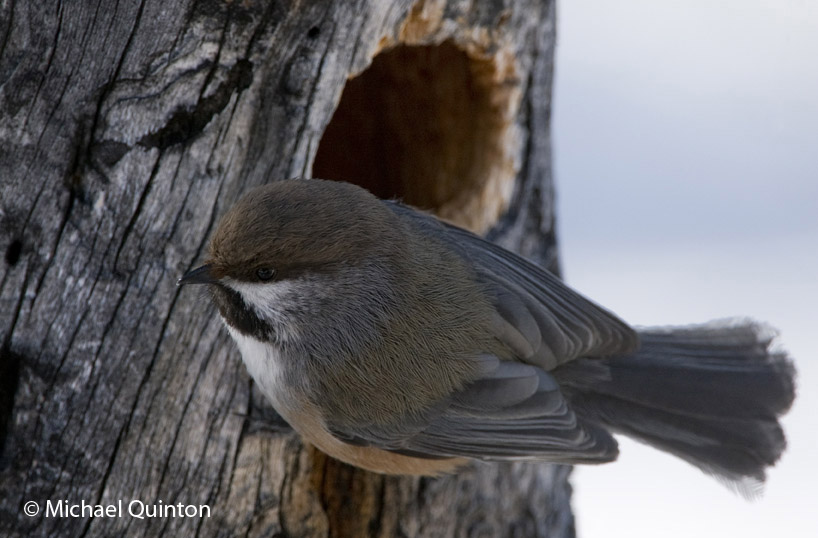The mosquito is the worlds most dangerous insect. Luckily, none of Alaska’s three dozen species or so is known to transmit disease. Though not deadly in the far north, they are none the less very troublesome. Here are a few other facts about Alaska’s mosquitoes. Only females bite. Some species prey on cold-blooded wood frogs. Some species live around 8 weeks as adults. The snow mosquito over winter as adults and may live a year. Populations can move 25-50 miles. Larva and pupae live in water. Continue reading
Tag Archives: wildlife
SEA LIFE CENTER
The Sea Life Center in Seward, Alaska is one of our granddaughter’s favorite places. She loved the Steller’s sea lions, the harbor seals and the sea ducks. Watching a king crab eat a fish, and getting to feel the anemone tentacles and watching it feed were exciting too.
But what fascinated her the most was that “scary thing” scraping the scum from the sea lion tank.
NORTHERN FLICKERS PART 2
 Male northern flicker on spruce snag.
Male northern flicker on spruce snag.
By the end of May one pair of flickers I had under observation had settled into a routine. After their first egg was laid in the cavity the male no longer called from the nesting snag. Now the calling and most of the drumming was taking place at another dead snag about a hundred yards to the north. Continue reading
THE BOREAL OWL-PART 2
 Boreal owl with red-backed vole.
Boreal owl with red-backed vole.
I have been continuing to keep track of the little boreal owl in Slana. Its calling is falling off. I no longer hear it in the daylight hours though my friend still reports hearing it during trips to the outhouse late at night. Less calling means it is much harder to locate but I am still finding it in the thick dark woods by searching an area of about one hundred yards by two hundred yards. This small area seems to be its preferred daytime roosting area. Slowly walk back and forth through the spruce and poplar forest and scanning every tree I find it about 30 percent of the time. Once I was guided to its location by the calling of a couple upset boreal chickadees. It is never in the same perch. Continue reading
WAITING FOR A CHICKADEE
In my part of Alaska’s Interior we have two species of chickadees. These tiny and delightful birds cheer up the coldest day but are hard to photograph. The black-capped chickadee is often found in mixed habitats of spruce, willow, birch and aspen. The boreal chickadee is associated with the black spruce bog habitats. They are quick and refuse to stay put so you must be very quick yourself. One sure way just might be the oldest techique for bird photography out there. Simply pre-focus on a favorite perch and wait.
PHOTOGRAPHING REDPOLLS, PART 2
 On my last post I laid out a way to get close-up photographs of the very small and beautiful common redpoll. By setting up a feeding station early in the season you can get redpolls to come to you.
On my last post I laid out a way to get close-up photographs of the very small and beautiful common redpoll. By setting up a feeding station early in the season you can get redpolls to come to you.
Attention to a few photographic details can help you to get professional results. First, you’re choice of a location is very important. Some locations are more photogenic than others, obviously. Avoid situations that are complex. For example if your location is too thick with brush and vegetation then there will always be something in the way, branches, twigs, between you and your subject. Often, it is these kinds of distractions that can ruin an otherwise nice photo. Continue reading
PHOTOGRAPHING THE COMMON REDPOLL
 What a joy it is to observe common redpolls every day all winter long. When the bottom drops out of the thermometer they go about their cheerful, lively routine seemingly without regard to Interior Alaska’s dangerous temperatures. Redpolls are active from first light until sunset. Even at fifty below you will find them busy, usually in small groups feeding among bushes. But where they spend the nights is a mystery to me. They have been reported to spend some nights in snow burrows, like ptarmigan. Continue reading
What a joy it is to observe common redpolls every day all winter long. When the bottom drops out of the thermometer they go about their cheerful, lively routine seemingly without regard to Interior Alaska’s dangerous temperatures. Redpolls are active from first light until sunset. Even at fifty below you will find them busy, usually in small groups feeding among bushes. But where they spend the nights is a mystery to me. They have been reported to spend some nights in snow burrows, like ptarmigan. Continue reading
MARCH MOOSE
 The arrival of March in Interior Alaska is a wonderful change. Temperatures generally don’t stray much below twenty below F and the light is increasing by about thirty five minutes a week. It’s a great time to be out. Moose don’t really mind the cold in fact they might seek the shade even at fifty below zero because their huge bodies produce so much heat. Continue reading
The arrival of March in Interior Alaska is a wonderful change. Temperatures generally don’t stray much below twenty below F and the light is increasing by about thirty five minutes a week. It’s a great time to be out. Moose don’t really mind the cold in fact they might seek the shade even at fifty below zero because their huge bodies produce so much heat. Continue reading
THE RED FOX
 The red fox, Vulpes vulpes is one of nature’s most successful predators, thriving in a variety of habitats from tundra to desert, forest to mountains. Though common throughout their vast range, the red fox makes a tough photo subject. Continue reading
The red fox, Vulpes vulpes is one of nature’s most successful predators, thriving in a variety of habitats from tundra to desert, forest to mountains. Though common throughout their vast range, the red fox makes a tough photo subject. Continue reading
WINTER NESTS
 Keeping tabs on your local wildlife is an important task for the naturalist. Take note of the locations of nests of all kinds. Continue reading
Keeping tabs on your local wildlife is an important task for the naturalist. Take note of the locations of nests of all kinds. Continue reading







